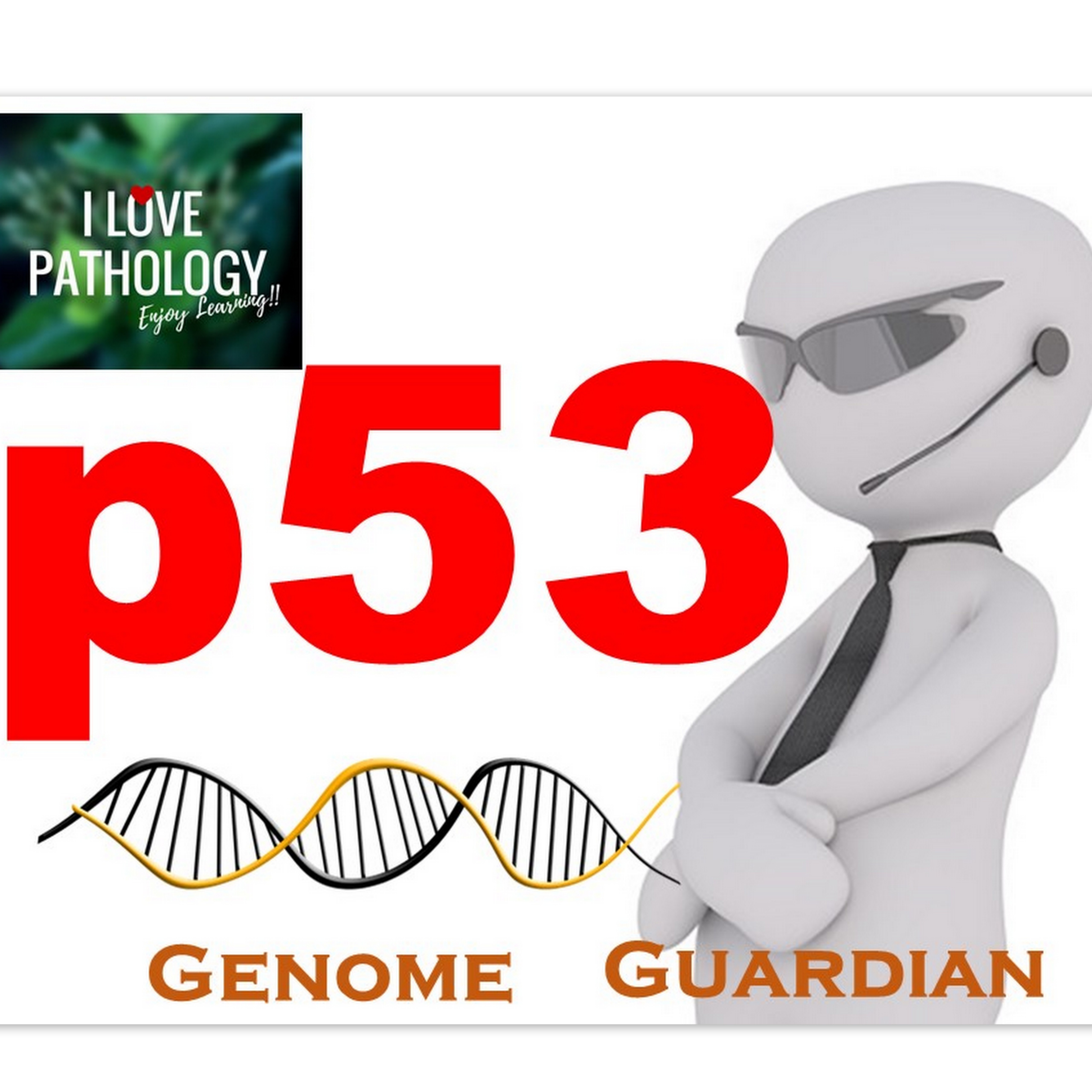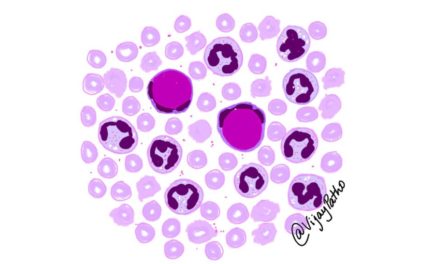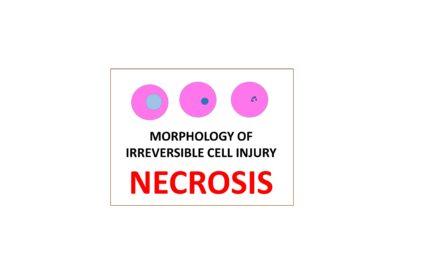[/su_youtube]
p53 GENE
This is a tumor suppressor gene ( its activity stops the formation of tumors)
Located on 17p13, first discovered in 1979
The p53 protein is the product of p53 gene
P-protein
53- weight of the protein, 53 kDa
Located in almost all normal tissues
Unstable and degrades very quickly
Is one of the most commonly mutated gene in cancer
Functions
Regulation of Cell cycle
DNA repair
Apoptosis
Prevents neoplastic transformation either by cell cycle arrest or by triggering apoptosis.
In cases of DNA damage, there is triggering of expression of p53 gene whcich increases the production of p53 proteins. These preoteins Prevent Cell from entering S phase of cell cycle and Allows time for the DNA repair to take place. also p53 induces DNA repair genes. If the DNA is repaired,the p53 degrades and the cell cycle continues. if the DNA is not repaired, the p53 induces permanent arrest in the cell or activates pro apoptotic proteins bax and bad thereby promoting apoptosis. By these mechanisms, it is understood that the p53 conserves the stability of the cell and thus aptly called as ‘ THE GAURDIAN OF THE GENOME”
How p53 causes cell cycle arrest?
P53 is the transcriptional regulator of one of the genes named WAF 1
Resulting in increased WAF proteins named as p 21
P21 blocks CDK4/CyclinD complex ….. Cell cycle is halted in G1 stage resulting in cell cycle arrest.
Regulation of p53 protein: by formation of p53 and mdme protein complex which is degraded by ubiquitin mediated pathway.
What happens when p53 is inactivated?
There will be no cell cycle arrest in cases of damaged DNA and the cell cycle progresses with damaged DNa which results in genomic instability and the neoplastic transformation.
How p53 is inactivated??
Mutations
Heterozygous and homozygous loss of alleles
What are the cancers associated with p53 mutations??
Most human cancers!
MC breast, colorectal, liver, lung, and ovarian cancers.





